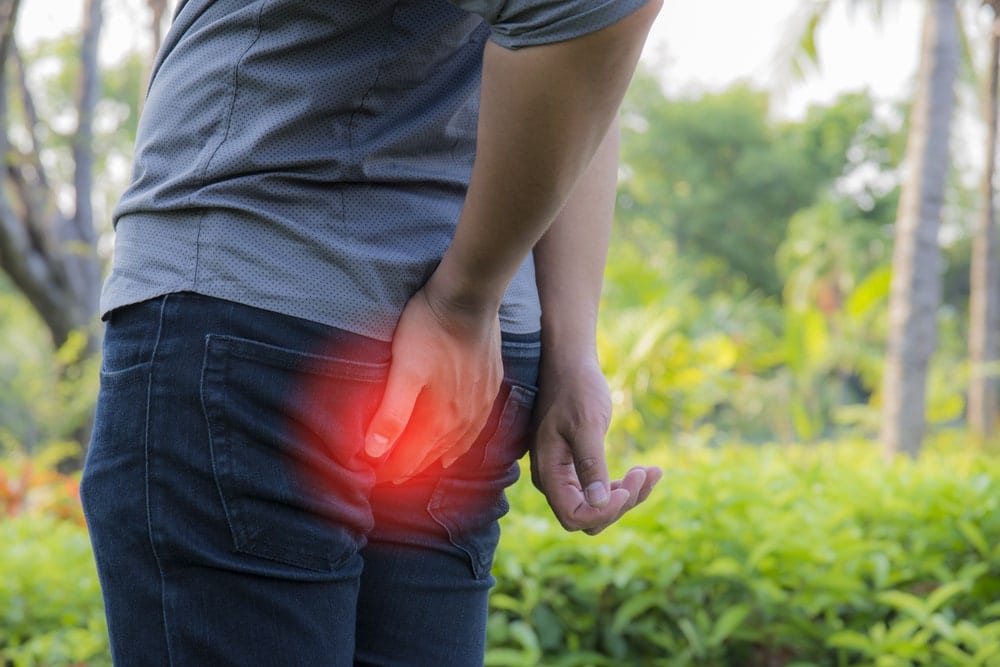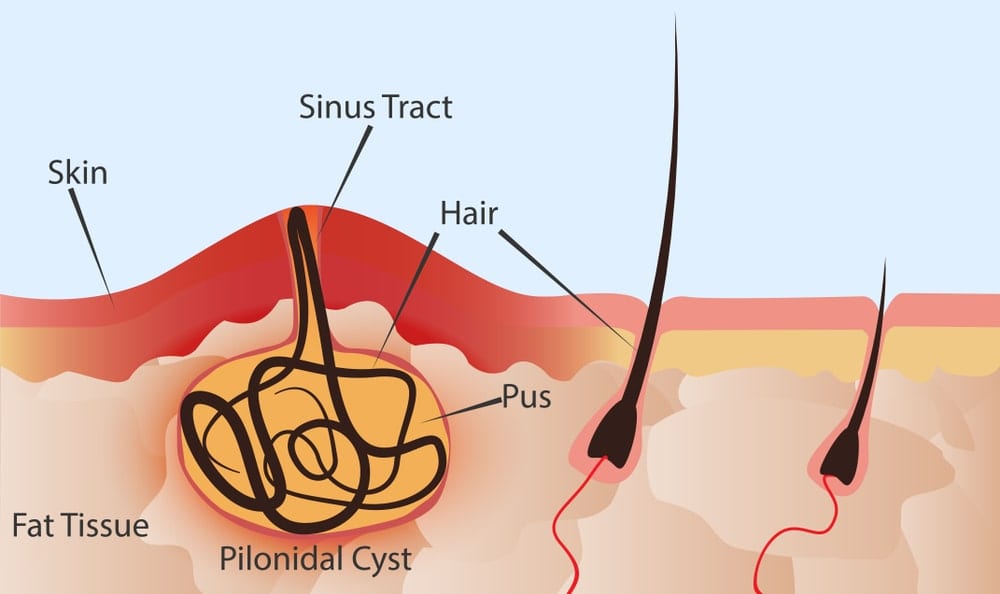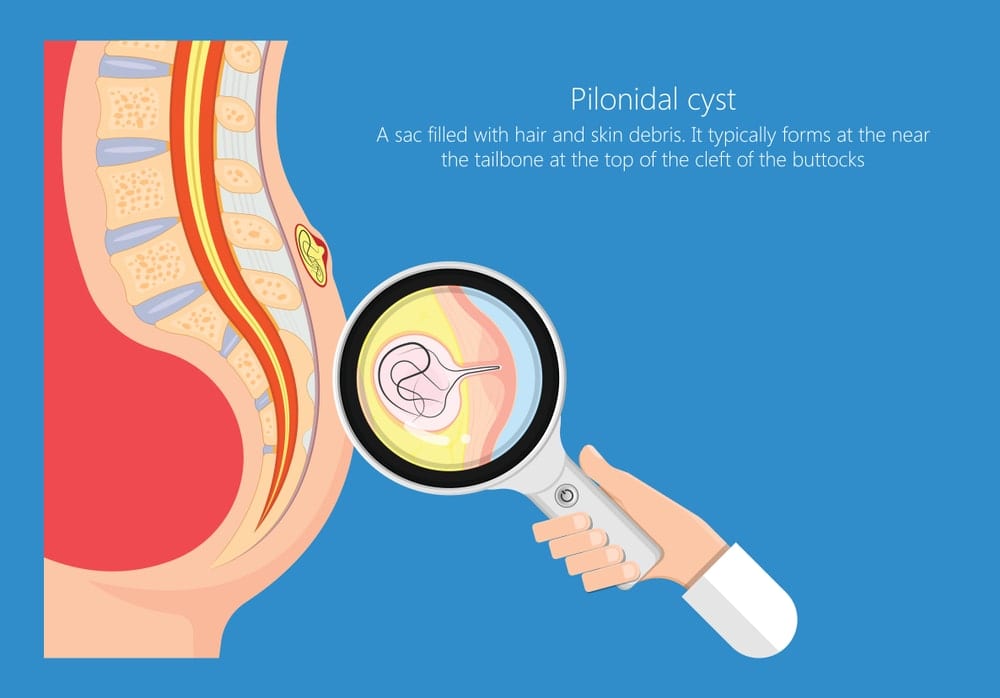Centennial Hills Pilonidal Cyst Removal
What Is a Pilonidal Cyst?
Pilonidal cysts occur when hair or debris becomes embedded in the skin’s tissue causing a fluid-filled, rounded mass to form near the tailbone or the upper part of the buttocks. In some cases, a cyst can become infected, leading to a pus filled abscess that can cause a lot of discomfort. There are numerous treatment options for pilonidal cyst removal, such as drainage and surgical removal. An affiliate of Centennial Hills Hospital, Dr. Chanu Dasari is experienced in detecting pilonidal cysts and offers his patients sophisticated, minimally invasive treatment options.
Symptoms of Pilonidal Cysts
Visible signs and symptoms in the initial phase of the cyst may not be noticeable apart from a tiny, dimple like hollow in the lower back. If left untreated, a pilonidal cyst can progress into a swollen, painful lump when it becomes infected. They can vary in size, however they usually occur in the same area.
Typical signs of pilonidal cyst include:
- Pain to the touch
- Discomfort when sitting or resting
- Inflamed, swollen skin near the tailbone
- Foul smelling pus
- Mild fever
- Hair protruding from the mass
- Development of small openings in the skin
When Should You Visit a Centennial Hills Pilonidal Cyst Specialist?
Pilonidal cysts are a benign condition, though they are at high risk to become infected. Incapacitating pain that restricts day to day activities can often occur if it is left untreated. Pilonidal cysts are also known to recur in those who have experienced them previously; it needs to be drained, lanced or surgically treated by an expert for prevention of recurrence. Pilonidal cyst removal is essential to avoid long-term complications associated with this condition.
Options for Pilonidal Cyst Removal in Centennial Hills
When a pilonidal cyst is diagnosed by a physician specialist in Centennial Hills, it should be treated immediately. Most of the critical issues that can occur with a pilonidal cyst can be avoided with early diagnosis and skilled surgery.
Surgical options include:
Incision and drainage – With the injection of a local anesthetic to the surgical spot, Dr. Dasari applies a small diamond-shaped cut to remove the hair follicles, dirt, and fluid in the patient’s lower back. The healing period can take 3 weeks. When the procedure is finished, the wound is left open and packed with gauze. A regular gauze dressing is needed until the wound is completely healed.
Advantages
- Drained cyst
Disadvantages
- Painful dressing
- The healing process is slower
- Sometimes does not recover completely
Flap Surgery – Flap surgery is an advanced treatment process that is most effective for removing a pilonidal cyst and covering the wound with healthy tissue. Flap surgery reduces the chance of cyst recurrence and has a much higher rate of wound closure. This treatment option requires larger sutures remain in place for weeks during the healing process. Post-operation follow-ups are performed in a clinic setting with minimal discomfort.
Laser Surgery – A diode laser of 1470nm is used during this treatment process. The laser treatment consists of an excision of the pilonidal cyst area and can treat superior and inferior extensions. A small 1cm cut is used instead of a larger flap or incision. Laser Surgery works most effectively on medium-sized cysts only. Larger cysts can risk recurrence, and smaller cysts may suffer from skin damage.
Advantages
- Quick surgery
Dr. Chanu Dasari – Quality Pilonidal Cyst Treatment in Centennial Hills
Affiliated with Centennial Hills hospital, Dr. Dasari has served the people of Centennial Hills for several years and performed countless surgical procedures with excellent outcomes. Schedule a consultation with Dr. Dasari’s Centennial Hills clinic if you believe you may be suffering from a pilonidal cyst. You can call his clinic, Minimally Invasive Surgery at (702) 602-6600 for your appointment today.










